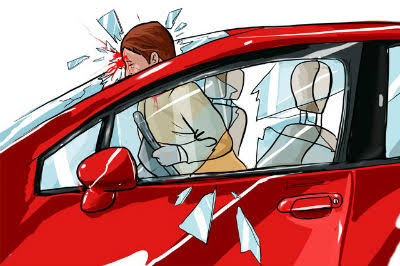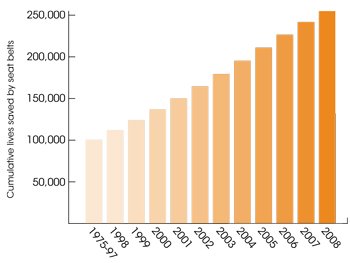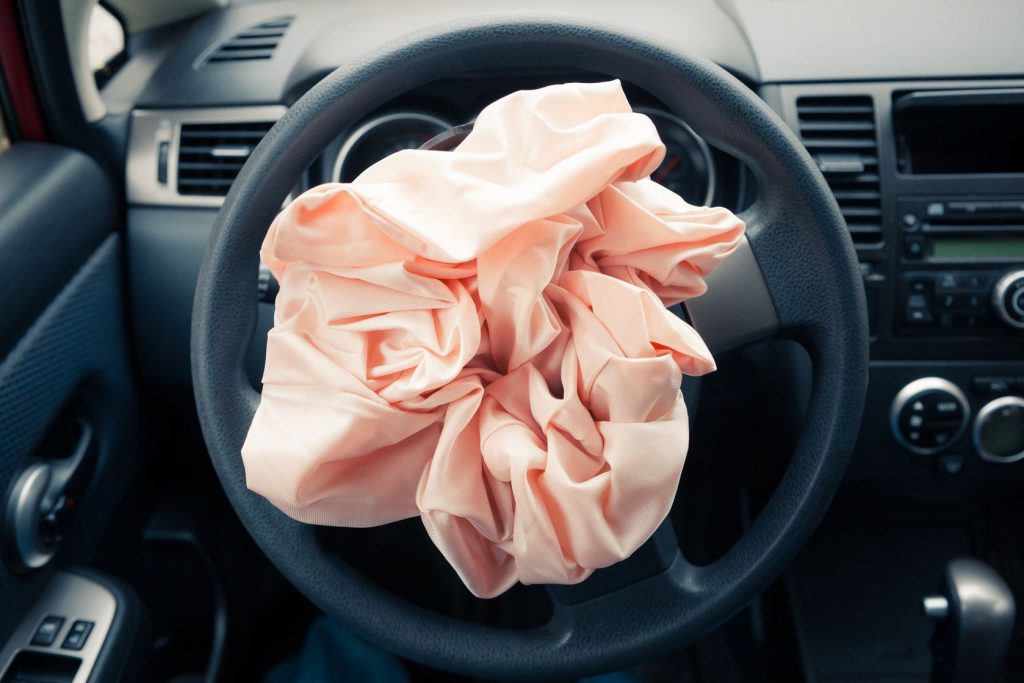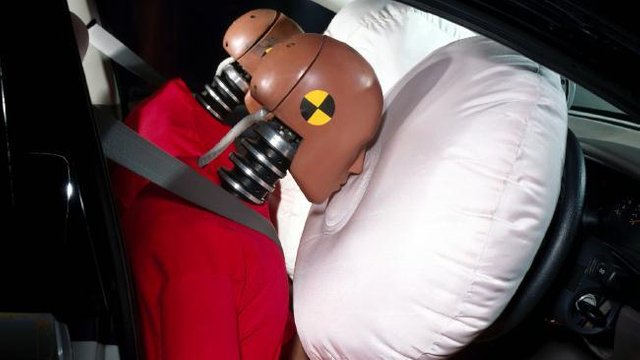Conventional Car Crash Prevention Technology
A car (or automobile) is a wheeled motor vehicle used for transportation. The year 1886 is regarded as the birth year of the modern car, when German inventor Karl Benz built his Benz Patent-Motorwagen. Cars did not become widely available until the early 20th century. One of the first cars that was accessible to the masses was the 1908 Model T, an American car manufactured by the Ford Motor Company.
Cars have controls for driving, parking, passenger comfort and safety, and controlling a variety of lights. Growing demand of cars, with the advent of technology, has led car manufacturers to add numerous control features and preventive systems to aid the driver in driving, to avoid accidents, and most importantly, to protect the driver and passengers from any possible injuries due to unexpected occurence along the road.
In this blog, I am going to talk about the evolution of conventional car crash prevention and in my next blog, I will talk about modern car crash prevention technologies and compare the effectiveness of the prevenivr systems that each car manufacturers have up to date.
Conventional Car Crash Prevention
Before automatic car crash prevention had been implemented, there are several car features that has somewhat protect the passengers inside the car in times of accidents.

It is a belt or strap in an automobile, airplane, etc., fastened around or sometimes diagonally across the midsection to keep the person safely secured. It keeps you on your seat. During an abrupt stop, the seatbelt would prevent the driver or passenger from moving forward suddenly, thus, eliminating the possibility of hitting solid objects in front of them that could cause serious injuries, most especially on the head.
A Possible Scenario During an Accident if Seatbelt is not Fastened!
.jpg)
Image Source
Seat belt use is on the rise. Laws, education, and technology have increased seat belt use from 11% in 1981 to nearly 85% in 2010, saving hundreds of thousands of lives. Yet, about 1 in 7 people still don’t buckle up.According to statistics, among drivers and front-seat passengers, seat belts reduce the risk of death by 45%, and cut the risk of serious injury by 50%. Governing bodies of a country enforces laws to make sure "Fasten Your Seatbelt" policy is followed by the people.
Seatbelt Has Saved Increasing Number of Human Lives Since 1975

Image source

Image Source
Airbag is a safety device that is installed into almost all modern motor vehicles. It is designed to inflate instantly, upon impact with a solid object. It is shaped to suit the space between the passenger and the solid surface of the interior of the vehicle. The speed at which an airbag deploys will vary, depending on the vehicle and the seriousness of the accident. But in most cases they will deploy in about 55 milliseconds at a speed of up to 300 kilometres per hour.
Modern vehicles may contain multiple airbag modules in various configurations including:
- Driver airbag module
- Passenger airbag module
- Side curtain airbag module
- Seat-mounted side impact airbag module
- Knee bolster airbag module
- Inflatable seat-belt modules
- Front Right Side Airbag Sensor
- Front Left Side Airbag Sensor
- Pedestrian airbag module
What happens in a crash?

Image Source
If you are unfortunate enough to be involved in a crash and your air bag deploys, the air bag will envelop your head and upper body. As the momentum of the crash carries you forward the airbag cushions your upper body. It should also stop your body contacting with any hard surfaces such as the dash board or steering wheel. If an airbag deploys, it should be replaced by a new one.
Can Airbag Compensate for the Protection that Seatbelt is offering?
Let us consider this scenario. A car is running at 64kph with passengers not wearing seatbelts, approaching a collision. As the car hits a wall(collision), the airbag deploys. The passengers hit the airbag, avoiding it to hit the steering wheel and the windshield. But as the passengers move back, they are disarranged from their seats, thus, colliding/hitting each other's bodies with great impact(heads hit each other, resulting to head injuries).
Truly, airbag is not enough protection for passengers. It should be seatbelt + airbag. Seatbelt keeps you on your seats, so given the situation above, if passengers were wearing their seatbelts, their bodies could not have collided or could not have hitted each other.
Accident can happen in just a second. It is inevitable. Always remember that fastening your seatbelt is one way of treasuring your life.
Thank you for reading my blog about Conventional Car Crash Prevention Technology. There is a continuation for this blog, but next time, it would be Modern Car Crash Prevention Technology . See you on my next blog! :)
Congratulations @techohippo! You received a personal award!
Click here to view your Board
Congratulations @techohippo! You received a personal award!
You can view your badges on your Steem Board and compare to others on the Steem Ranking
Vote for @Steemitboard as a witness to get one more award and increased upvotes!
The Toyota Vitz is one of the most affordable and fuel-efficient cars in Kenya, making it a popular choice for budget-conscious buyers. Get the complete price of vitz in Kenya for various models and specifications. Its compact size and easy handling make it a practical option for navigating through urban traffic.